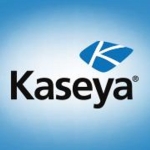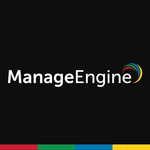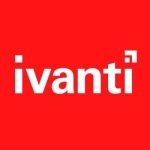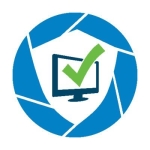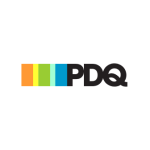We use Qualys Patch Management for server deployment and workstation deployment. It is also used for vulnerability management, managing open ports, and remediating vulnerabilities.
The risk-based management involves process automation, identifying vulnerabilities through scheduled reports, and ongoing patch deployments.
Qualys Patch Management utilizes advanced algorithms within its management policies to effectively address vulnerabilities. It accurately identifies threats and provides the necessary solutions to remediate bugs in end-user systems.
TruRisk automation streamlines our vulnerability remediation process by automatically identifying and deploying necessary patches, eliminating the need for constant security team involvement. Previously, the security team would provide monthly scan profiles and assign them to us. We would then scan endpoints, identify vulnerabilities or partially/fully installed patches, and use Qualys reports to address any patching failures. TruRisk automates this entire workflow, increasing efficiency and reducing our reliance on manual intervention from the security team.
Qualys Patch Management offers a single source of truth to identify, prioritize, and address vulnerabilities across all assets. This ongoing monthly process consistently identifies vulnerabilities in our network, devices, and systems. Using a standardized remediation template, we scan for vulnerabilities and implement necessary fixes to ensure ongoing security.
It reduces costs through automated deployments, eliminating the need for manual monitoring and machine checks. By creating a job to identify machines with low disk space or those not requiring patches, we generate a report and exclude unnecessary machines from the patching schedule. This automation removes machines that don't need patches, ensuring only those requiring updates are involved, and reduces manual effort by approximately 50 percent through automated scheduling and issue identification.
I have been managing patches for the past two years. Previously, the tools available lacked automation and couldn't handle all tasks, including scheduling. Now, with Qualys Patch Management, we can schedule jobs, automatically identify and fix bugs, and significantly reduce the time spent on patching. For instance, tasks that once took ten hours can now be completed in three.
Our patch rate was 85 percent before implementing Qualys Patch Management, and now it is 98 percent.
We utilize Qualys Patch Management's ITSM tools for ticket management, which has proven highly beneficial for our operations. We are integrating Qualys Patch Management with ServiceNow and BMC Remedy. This integration automatically identifies and closes approximately 50 to 60 percent of tickets.
Adding Qualys Patch Management to our existing vulnerability management tools has provided us with an on-demand capability to patch our internal devices as needed.
Qualys Patch Management helped reduce our organization's risk by patching 98 percent of vulnerabilities.
Qualys Patch Management is an effective tool for vulnerability remediation. It identifies vulnerabilities, creates profiles, and recognizes vulnerabilities on the endpoint, all within a user-friendly environment.
The availability of Qualys Patch Management needs to be improved.
I have been using Qualys Patch Management for almost five years.
There are times when Qualys Patch Management is unavailable.
I would rate the scalability of Qualys Patch Management a nine out of ten.
Technical support is good, providing seamless efforts in their support.
We use multiple tools. On-demand, we use Qualys alongside other solutions like Tanium, Rapid7, and SCCM to manage machines both inside and outside the organization.
The initial deployment is straightforward. It does not take much time to deploy. Everything is completed within the four-hour schedule.
Compared to other tools, the price of Qualys Patch Management is reasonable.
I would rate Qualys Patch Management a nine out of ten.
Qualys Patch Management is deployed in multiple departments and locations. We have five members that administor the solution.
No maintenance is required from our end.
I recommend Qualys Patch Management because it is effective in past deployment and vulnerability management. It identifies necessary patches instead of scanning the entire machine.












